The new Porsche Targa: is this the greatest 911 yet?
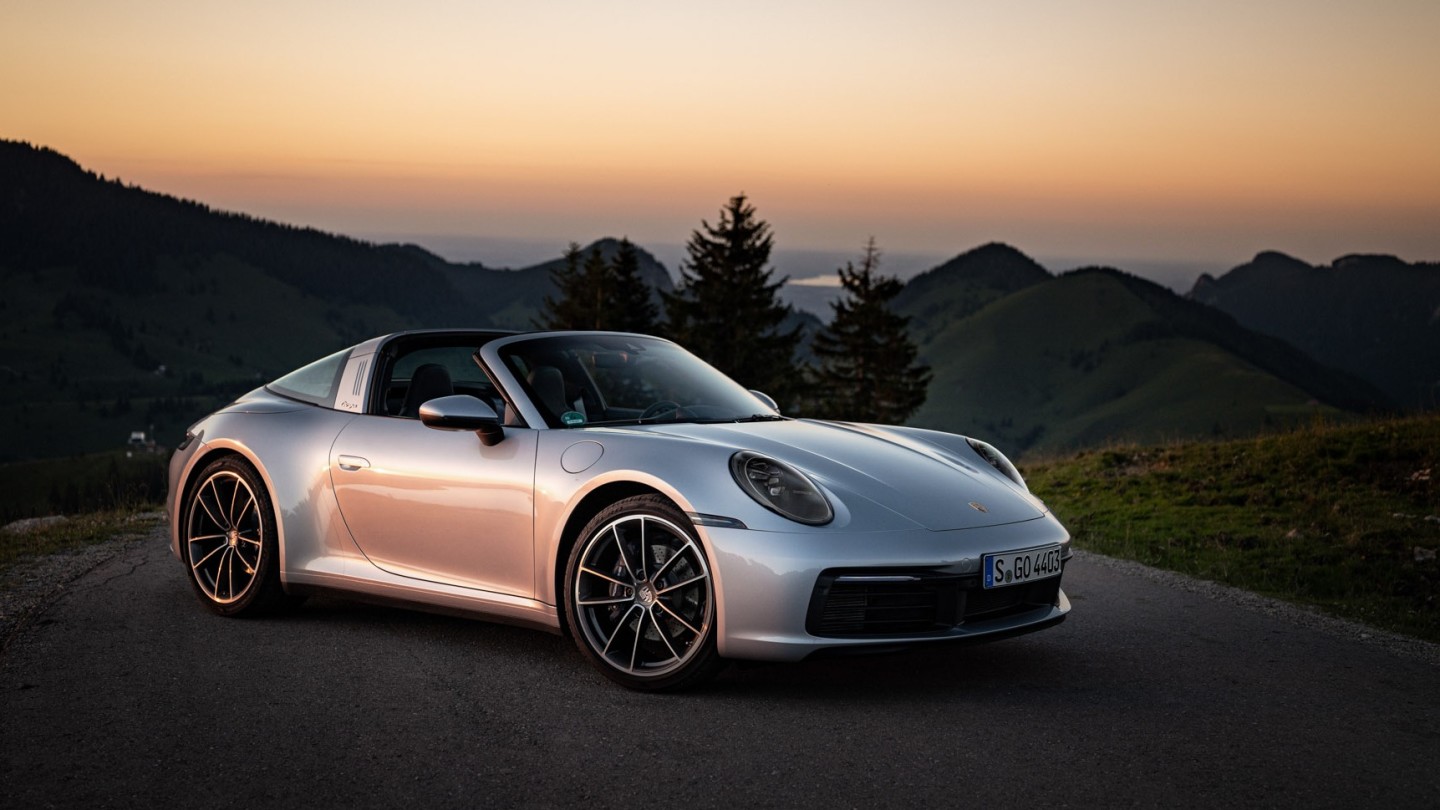
Roula Khalaf, Editor of the FT, selects her favourite stories in this weekly newsletter.
For many car fans, the urge to own a Porsche 911 at some point in their motoring life is a milestone itch that must be scratched. In my case, the irritation became too much 15 years ago, forcing me to track down a 911 as soon as possible, come what may.
Back then, older 911s were relatively affordable, but good examples of the most desirable models were still beyond my meagre budget. So I ended up buying a really good car built to a specification that few aficionados seemed to want: Grand Prix white paint, Berber-wool seats, boring “cookie cutter” wheels (not the signature, five-spoke Fuchs design), no whale-tail spoiler and – worst of all – not a swooping, hard-roofed coupé but a semi-open-top Targa.
Hard-driving 911 fans have long eschewed the Targa and the fully convertible versions for being less rigid and therefore having worse handling than the coupé. That might be true on a track, but for the past decade and a half my Targa has provided more sublime drives at home and abroad than I can remember, its screaming, quick-revving engine combining with its lithe form to turn even the most mundane journey into a spine-tingling motoring adventure.
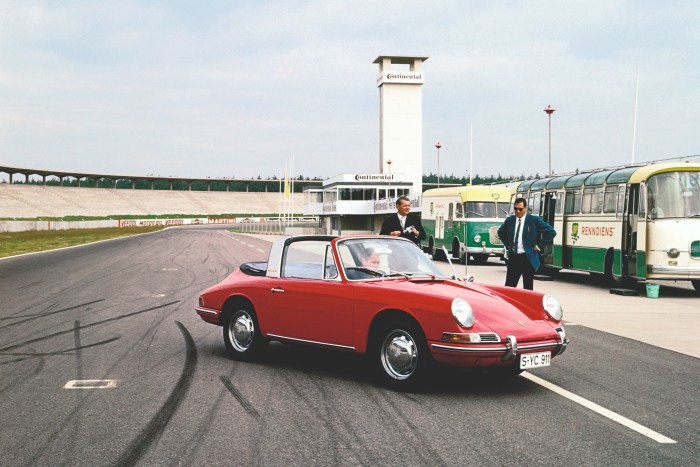
Values of classic models such as my three-litre SC have also soared since 2005; Grand Prix white is now the new black and there's even a following for cars with a pared-back specification. But – most unexpectedly – Targas have become cool again.
The Targa first hit the road in 1965, its design a response to fears that US safety regulations would see a ban on conventional convertible cars. So Porsche launched its “safety cabriolet” in the form of a 911 with a removable roof panel supported at the rear by a sturdy rollover hoop.
Early soft-window models had a fold-down rear section, but this was soon replaced with a solid wraparound rear window, introducing a design that remained essentially unchanged for almost 30 years.
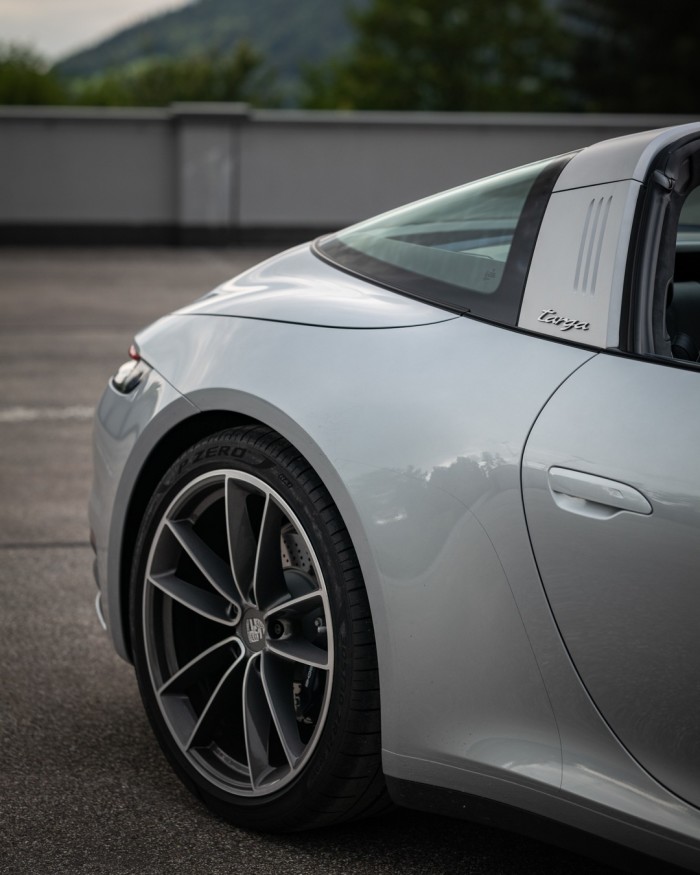
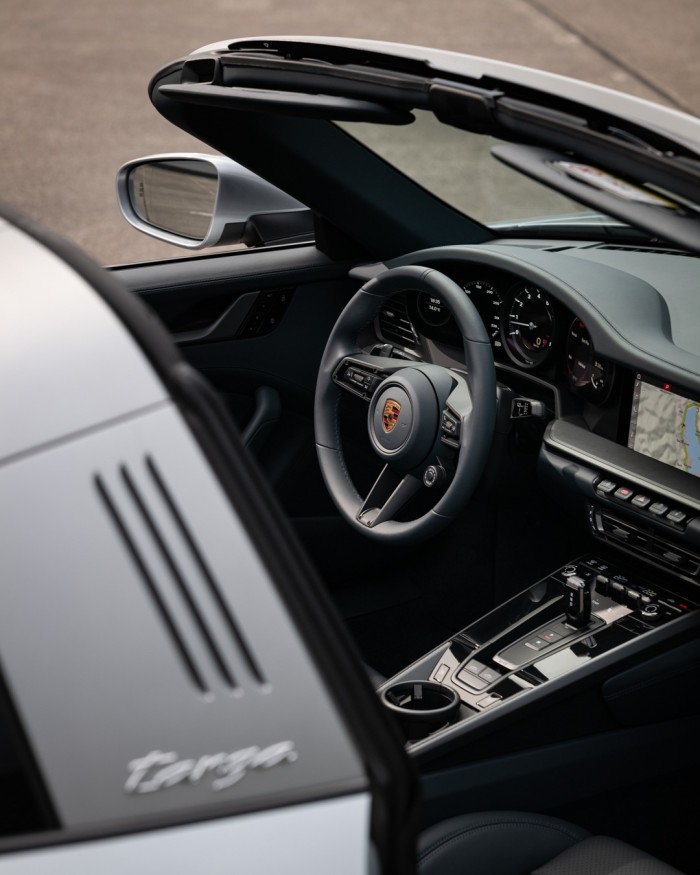
The Targa nameplate was inspired by a run of Porsche victories in Sicily's historic Targa Florio road race, and Porsche subsequently patented the name to avoid it being used by other manufacturers.
Although the Targa was an initial hit in some markets, enthusiasm for it soon waned and, although the format was re-introduced in 1993 after a hiatus of several years, it is only now, with the release of the latest model, that the Targa has become the 911 to have.
This 992 iteration is possibly the best looker yet, and unarguably the quickest and most powerful Targa ever – its three-litre, twin-turbo engine develops 380bhp in basic form and 444bhp in the higher-performance Targa 4S, translating into respective top speeds of 180mph and 189mph.
And while the cars are equipped with four-wheel-drive and Porsche's lightning-fast PDK double-clutch, semi-automatic gearbox as standard, 4S buyers seeking a more interactive driving experience can specify a seven-speed manual instead.
In all cases, the new Targa is a delight to drive either quickly or slowly, with that solidly engineered, one-piece feel for which Porsche is famous. The interior is a cut above, too, with deliciously tactile knurled switchgear, a large and comprehensive “infotainment” screen and a provocative rev counter pod mounted dead centre in the dashboard.
But the USP of the Targa is that signature, removable roof panel. And the latest is a true work of engineering art.
Press a button and the top of the car’s distinctive, retro-look roll-over bar lifts away from its arms; the rear window then rises up, exposing a carpeted platform behind the rear seats into which the roof panel is neatly deposited by a pair of cantilevered arms before everything else returns to its rightful place. And, suddenly, you're driving an open car.
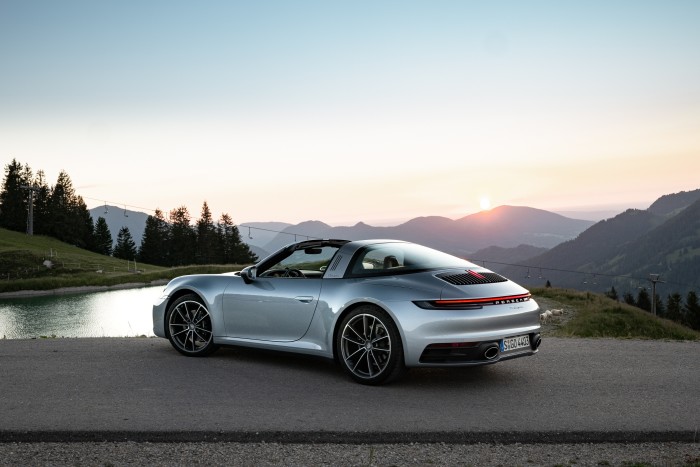
Technically, it’s light years ahead of the system in my 1981 Targa – although I reckon I can undo the two roof latches and have my decidedly manually operated roof top folded and stowed behind the front seats just as quickly as the new model can complete its robot-powered manoeuvres.
And, speaking of the past, collectors will probably want the special Heritage Design edition featuring elements inspired by historic Porsche models, including the 356 and 911. Just 992 examples will be available in a choice of five special colours (cherry metallic is the best), with gold logos and old-fashioned Porsche crests for a 1950s feel. Inside, there are two-tone leather seats with corduroy inserts and a perforated roof lining reviving an aesthetic seen on the original Porsche 356 of 70 years ago.
The rev counter and dash-mounted chronograph also get a classic look with green backlighting, while a metal badge carries each individual car's edition number.
A Heritage Design car will set you back £25,000 more than a standard Targa 4S – and, if you want the special Porsche Design wristwatch that’s available only to HD owners, you’ll be required to hand over a further £10,650. But at least you'll be reminded of the fact that you own one of the coolest cars on the planet every time you check the time.
Porsche 911 Targa 4, from £98,170; 4S, from £109,725; 4S Heritage Design Edition, £136,643
Comments